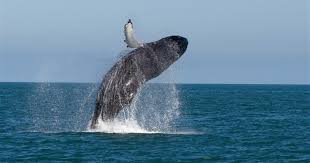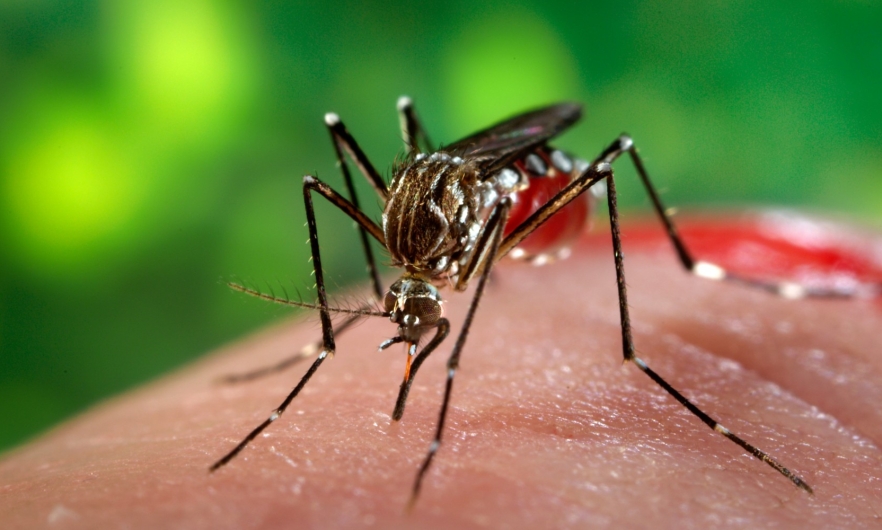Panama applies speed reduction on ships to protect whales

The Panama Canal asked ships that transit the waterway to follow annual speed and navigation measures to avoid collisions with whales, dolphins, and other aquatic mammals that carry out their seasonal migration, between August 1 and November 30 every year.
Cetaceans migrate from northern and southern latitudes during the winter season to the warm waters of Panama to give birth and nurse their young.
An average of 35 ships pass through the Panama Canal per day and between 12,000 and 13,000 per year.
The entity asks vessels to stay within designated shipping areas, known as Traffic Separation Schemes (TSS), which minimize areas of overlap between vessels and migrating marine life.
The measures established by the International Maritime Organization limit the speed at which vessels must travel through the coastal waters of Panama to 10 nautical miles for protection during the cetacean migration and sighting season.
Since December 1, 2014, Panama has had maritime traffic separation devices in Cristóbal, in the Caribbean Sea, and on the Pacific Ocean coast, both on the Canal entry navigation routes.
Studies show that fatal accidents between whales and ships were 38% less between 2017 and 2019 compared to those that occurred between 2009 and 2011 before the measures of the TSS were applied.
From 2009 to 2011, 13 fatal collisions between ships and whales were reported in the waters of the Gulf of Panama during the migration season, according to the Smithsonian Tropical Research Institute. The most recent records show a decrease in accidents due to the measures applied.





